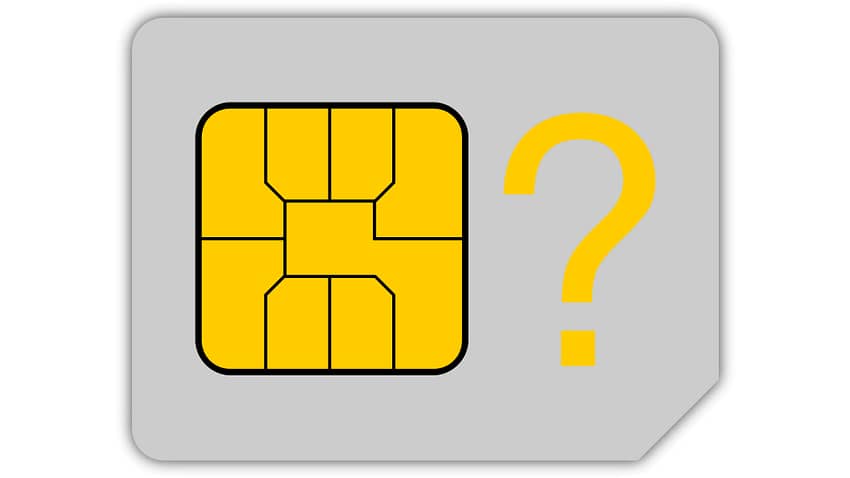A recent post by friend and colleague David Hague over at Creative Content discussed his disappointment at the lack of cellular/mobile coverage offered by a MVNO (Mobile Virtual Network Operator). The disappointment came because despite the MVNO being a reseller of Telstra network access, it did not have the same degree of coverage. Why the difference?
In Australia, and many other markets, there are two broad groups of businesses that provide mobile phone networks.
Mobile Network Operators (MNOs) own and operate the equipment that our smartphones and other cellular connected devices connect to for network access. That’s the cell towers and associated communications equipment that makes them work.
In Australia, there are three MNOs: Optus, Telstra and Vodafone.
MVNOs purchase access to those networks on a wholesale basis and then resell it under different brands. For example, going back to the article David wrote, Belong resells access to the Telstra network. However, this is not access to all of Telstra’s network. It is access to Telstra’s wholesale network.
Telstra’s wholesale network is almost the same as its retail network. But there are differences.
- Coverage is similar but some rural areas may not be as well covered – as David found out. The maps below (correct as of 14 April 2025) show the difference between Telstra’s wholesale and retail networks.

- Shared number plans are not offered by all MVNOs. A couple of Telstra resellers (More and Tangerine) are now offering shared number services but it’s not a universally available feature with all MVNOs.
- There may be additional costs if you travel overseas. While the MNOs typically offer daily charges for overseas use (for example, Optus offers $5 per day with 5GB of data when roaming overseas), MVNO’s may change per minute for all calls made and received when roaming overseas.
- Speed limits: some MVNOs offer 4G and 5G coverage but limit your maximum speeds. For example, Boost mobile (a Telstra reseller) limits download speeds to 150Mbps – which is still pretty fast assuming you’re in a good coverage area.
Why bother with an MVNO?
In my view, it comes down to cost. If you look at Telstra’s cheapest month-to-month plan, it costs $65 per month with 50GB of included data. If you spend most of your time at home or in an office with a Wi-Fi connection, that 50GB of data may be a lot more than you need. Annually, that’s $780 and 600GB of data.
In comparison, Telstra reseller Boost Mobile offers a $365 per year plan that includes 356GB of data. If you’re travelling overseas, they also offer a number of international roaming options that are reasonably priced. That’s a significant costs saving if you can live with the compromises that come with using an MVNO.
But it’s worth noting that some MVNOs can access the full Telstra network. Boost can whereas Belong (which is owned by Telstra) is limited to the wholesale network.
In short, if you spend most of your time in a location that’s covered by Wi-Fi and your chosen MVNO’s mobile coverage, you can save quite a bit of money. But it is important that you recognise that network coverage might be limited in some areas, you may be capped to lower speeds and that international roaming charges vary between MVNOs.

Anthony is the founder of Australian Apple News. He is a long-time Apple user and former editor of Australian Macworld. He has contributed to many technology magazines and newspapers as well as appearing regularly on radio and occasionally on TV.

